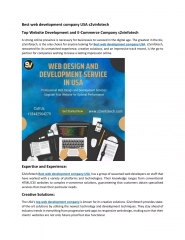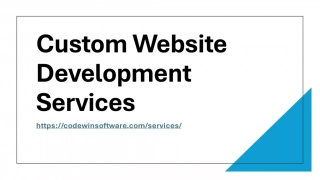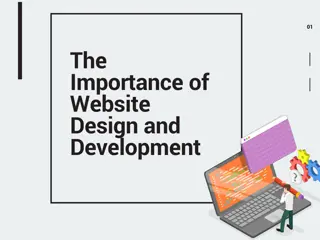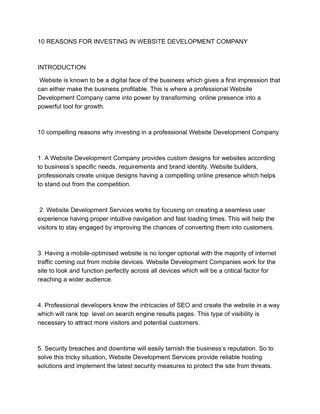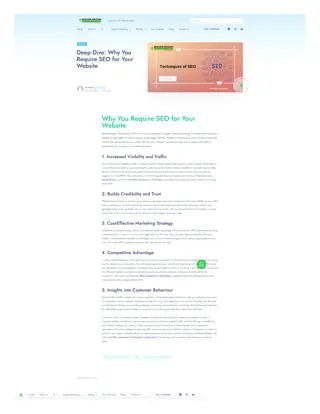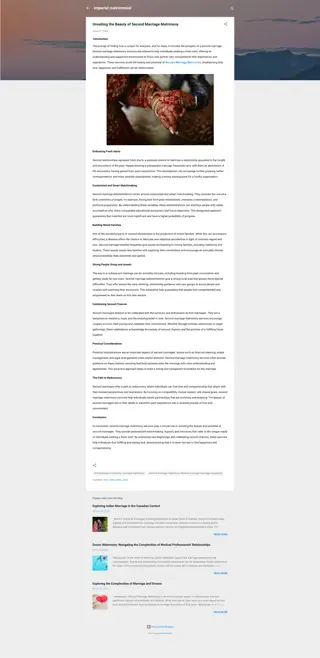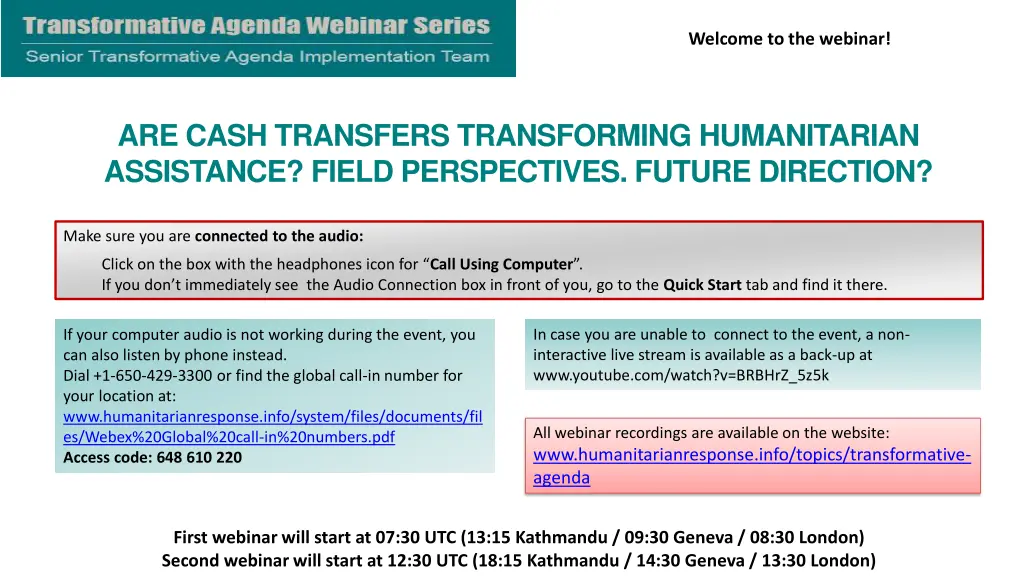
Exploring Cash Transfer Impact on Humanitarian Assistance
Dive into the world of cash transfer programming in humanitarian aid with insights from field experts. Learn about the Cash Learning Partnership, cash transfer modalities, pros and cons, and the transformative future of cash assistance interventions.
Download Presentation

Please find below an Image/Link to download the presentation.
The content on the website is provided AS IS for your information and personal use only. It may not be sold, licensed, or shared on other websites without obtaining consent from the author. If you encounter any issues during the download, it is possible that the publisher has removed the file from their server.
You are allowed to download the files provided on this website for personal or commercial use, subject to the condition that they are used lawfully. All files are the property of their respective owners.
The content on the website is provided AS IS for your information and personal use only. It may not be sold, licensed, or shared on other websites without obtaining consent from the author.
E N D
Presentation Transcript
Welcome to the webinar! ARE CASH TRANSFERS TRANSFORMING HUMANITARIAN ASSISTANCE? FIELD PERSPECTIVES. FUTURE DIRECTION? Make sure you are connected to the audio: Click on the box with the headphones icon for Call Using Computer . If you don t immediately see the Audio Connection box in front of you, go to the Quick Start tab and find it there. In case you are unable to connect to the event, a non- interactive live stream is available as a back-up at www.youtube.com/watch?v=BRBHrZ_5z5k If your computer audio is not working during the event, you can also listen by phone instead. Dial +1-650-429-3300 or find the global call-in number for your location at: www.humanitarianresponse.info/system/files/documents/fil es/Webex%20Global%20call-in%20numbers.pdf Access code: 648 610 220 All webinar recordings are available on the website: www.humanitarianresponse.info/topics/transformative- agenda First webinar will start at 07:30 UTC (13:15 Kathmandu / 09:30 Geneva / 08:30 London) Second webinar will start at 12:30 UTC (18:15 Kathmandu / 14:30 Geneva / 13:30 London)
Speakers Rosie Jackson Technical Advisor, CaLP Jamie McGoldrick Humanitarian Coordinator, Nepal Rita Dhakal Regional Head, Humanitarian Response, DanChurchAid Peter McGeachie Regional Director (South Asia), Help Age International Tim Waites Snr. Livelihoods and Disaster Resilience Adviser, DFID Facilitator Panos Moumtzis Director, IASC Senior Transformative Agenda Implementation Team (STAIT)
WHO IS CaLP? Cash Learning Partnership Global partnership of humanitarian actors on policy, practice and research on cash transfer programming. 150 organisations and 5,000 individuals in the community of practice. Presentation by Rosie Jackson, Technical Advisor, CaLP
What is cash transfer programming? Cash and voucher transfers are used to meet basic food and non-food needs or to purchase assets enabling people to resume economic activity. Sphere standards, 2011
CASH ASSISTANCE MODALITIES AND INTERVENTIONS
Cash-based interventions COMMODITY VOUCHER PAPER VOUCHER CASH TRANSFER VOUCHER DIRECT CASH E-VOUCHER VALUE VOUCHER E-TRANSFER PREREQUISITES UNRESTRICTED UTILIZATION UNCONDITIONAL CASH FOR WORK / TRAINING/ ASSETS RESTRICTED CONDITIONAL MINIMUM EXPENDITURE BASKET (MEB) / SURVIVAL MINIMUM EXPENDITURE BASKET (SMEB) MULTIPURPOSE OBJECTIVE(S) MULTISECTOR SECTORAL
CTP - making the right decisions Insecurity Fraud/diversion Dependency HH conflict Community conflict Abuse of assistance Exclusion Security Accountability to donors Self-reliance and dignity Shared decision-making Economic integration Choice Inclusion
HOW CASH FITS INTO THE HUMANITARIAN PROGRAMME CYCLE
CTP making the right decisions Linkages Market assessment Needs & Vulnerability Analysis Needs and Vulnerability Analysis M&E Markets Financial Service Providers & delivery agents Informationmanagement New Technology & Partnerships In-kind, cash or vouchers Internal systems & procedures Delivery Linkages with other programmes & local governance systems BEING CASH READY
- I
RITA DHAKAL Regional Head of Humanitarian Response, DanChurchAid Representative of the INGOs as Coordinator of the Disaster Management Group
STAIT Webinar Are Cash Transfers Transforming Humanitarian Assistance? 8th October 2015 Tim Waites, Snr. Livelihoods and Disaster Resilience Adviser, DFID, CHASE
STAIT Webinar Are Cash Transfers Transforming Humanitarian Assistance? DFID-FUNDED REPORT High Level Panel on Humanitarian Cash Transfers MAIN ISSUES, FINDINGS, AND RECOMMENDATIONS Tim Waites, Snr. Livelihoods and Disaster Resilience Adviser, DFID, CHASE
High Level Panel on Humanitarian Cash Transfers: ISSUES, FINDINGS AND RECOMMENDATIONS We know cash assistance works and in most contexts is preferred, cheaper and puts people at the centre of a response What are the blocks and what are the opportunities? Is it political; institutional; agency mandates; cash in the cluster system; links (or lack of) between actors & culture? How can the system can better support cash, and how cash can promote flexibility and accountability to beneficiaries And how can the delivery of cash be transformed?
Doing Cash Differently report: RECOMMENDATIONS More Cash: And multi-sector cash. Why not cash and If not now, when Cash in preparedness and contingency planning More efficient cash using locally accountable systems: Distinguish cash from vouchers and measure how much to beneficiaries transparency and accountability Link with development processes and Social Protection systems Use more private sector to deliver no reinventing wheels Use digital cash for financial inclusion
Doing Cash Differently: RECOMMENDATIONS More efficient cash cont. Improve data security, privacy and compliance Improve coordination and alignment in existing system Large scale, coherent and competitive for economies of scale Different funding for system transformation: Where appropriate cash is central to humanitarian response and SRPs, complemented by in-kind if necessary Finance delivery of cash separate to assessment, targeting M&E and protection and open it to the market
STAIT Webinar Are Cash Transfers Transforming Humanitarian Assistance? MOVING FORWARD AND BUILDING MOMENTUM Tim Waites, Snr. Livelihoods and Disaster Resilience Adviser, DFID, CHASE
After Doing Cash Differently: MOVING FORWARD BUILDING MOMENTUM Build support and momentum: Reports, panel events, consultations, World Humanitarian Summit Build the donor narrative and alignment Working with private sector, innovators and in-country governments Taking it forward: WHS, political champions .
STRENGTHENING HUMANITARIAN PREPAREDNESS: HIGH RISK COUNTRIES $60 million to enhance emergency preparedness action To boost WFP, UNICEF, UNHCR and OCHA s existing preparedness mechanisms in high risk countries: Increase responsiveness Improve capability Improve capacity Improve the evidence base All UNICEF and WFP preparedeness investments examined in Chad, Madagascar and Pakistan saved significant time and/or costs Agency capacity and prioritisation of cash considered vis a vis other forms of assistance
STAIT Webinar Are Cash Transfers Transforming Humanitarian Assistance? KEY MESSAGE FROM THE DONORS: WHAT IS EXPECTED IN THE FIELD Tim Waites, Snr. Livelihoods and Disaster Resilience Adviser, DFID, CHASE
KEY MESSAGE FROM THE DONORS: WHAT IS EXPECTED IN THE FIELD Cash is not a panacea but, where it is appropriate, the evidence is in place for a radical scale-up (30, 40, 50%?) with in-kind and vouchers filling the gaps So we will ask why not cash? and if not now, when? What needs to change to deliver this ambition?: More political leadership & culture change in the humanitarian system? More private sector and innovation in delivering cash ( pipes )? More focus on market response, using local systems for delivery and government leadership? Moving from a humanitarian system to a broader eco-system? Focus on more and better donor coordination and alignment

